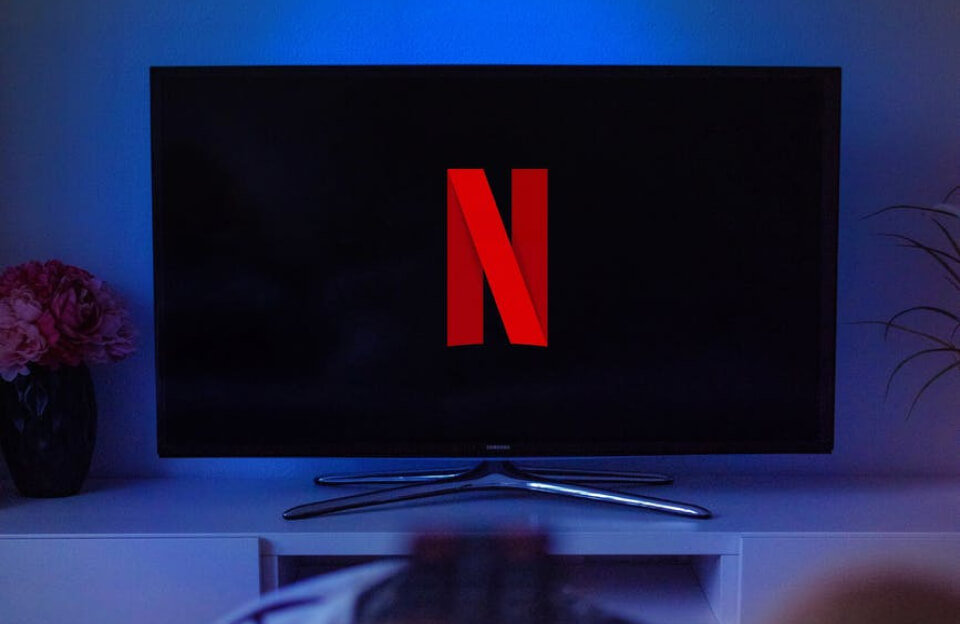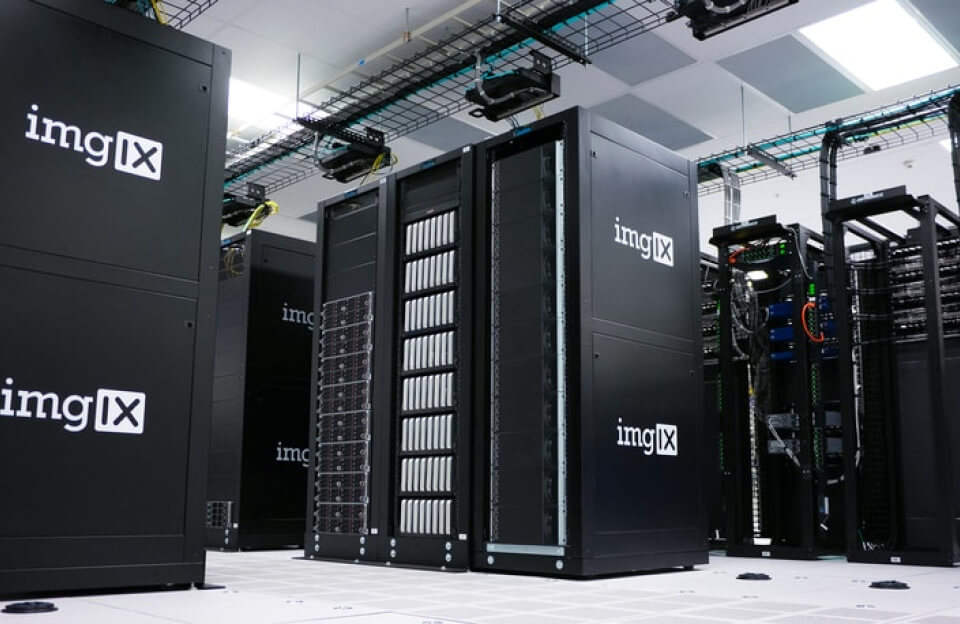A Technocratic, Economic, and Cultural Deep Dive into the Global Entertainment Shift
Netflix: From DVD Mailouts to Streaming Supremacy
When Netflix started in 1997 as a DVD rental-by-mail service, few imagined it would redefine global entertainment. But by 2025, Netflix isn’t just a streaming platform—it’s a global cultural force, an original content powerhouse, and a case study in how digital technology can reinvent legacy industries.
Netflix disrupted traditional media by understanding two key shifts:
- On-demand content is more valuable than scheduled broadcasts
- User data can drive storytelling choices and viewer retention
Its historic rise came with shows like House of Cards (2013), Stranger Things, The Crown, and global hits like Squid Game and Money Heist, which proved language is no barrier in the age of subtitles and smart TVs.
The Quality of Content: From Risky to Revered
Netflix invests heavily in content creation—over $17 billion per year—with a focus on:
- Diverse storytelling across continents
- High production value rivaling Hollywood studios
- Well-crafted scripts, often from emerging writers
- Creative freedom to producers that traditional networks rarely offer
Shows like Beef, Dark, and Narcos have pushed narrative and visual boundaries, often winning Emmy and Oscar recognition. But not all content wins. Shows with high budgets (Jupiter’s Legacy, The Witcher: Blood Origin) have been shelved mid-flight due to lukewarm reception.
Success is driven by Netflix’s data-backed greenlighting process; failure, when it comes, is often bold and expensive.
Competitors in the Rearview—Or Gaining Fast?
Netflix may have pioneered the global streamer model, but it no longer runs unchallenged. A strong field of competitors has emerged:
1. Disney+
- Focused on franchise content (Marvel, Star Wars)
- Family-oriented, but expanding globally
- Integrated ecosystem with merchandise, parks, and theatrical releases
2. Amazon Prime Video
- Offers massive scale, bundled with Amazon Prime
- Invests in originals like The Boys, Citadel, and live sports
- Operating at loss due to long-term ecosystem goal
3. HBO Max (Warner Bros. Discovery)
- Premium storytelling with prestige appeal (Succession, Euphoria)
- Less volume, more curated quality
4. Apple TV+
- High-profile, limited catalogue (Ted Lasso, The Morning Show)
- Built on Apple’s hardware ecosystem
5. YouTube
- Not a Netflix competitor in production, but dominates global watch time
- Home to creators, educators, podcasts, and user-generated virality
- Remains free-to-access, monetized through ads, not paywalls
Technocratic View: Algorithm Meets Art
Netflix uses machine learning for:
- Personalizing thumbnails for each viewer
- Recommending titles with 80% accuracy
- Predicting success probabilities of pilots and plot themes
This blend of tech and content has influenced not just how we watch—but what gets made. Predictive storytelling is becoming a norm, with AI-based script analysis aiding editors and content strategists across the industry.
Platforms like YouTube and TikTok use real-time viewer behavior to drive visibility, while Netflix invests in deep neural network models to increase user watch time and reduce churn.
Economic View: The Cost of Streaming and the Price of Convenience
In a fragmented content world, price has become a defining battleground.
| Platform | Monthly Subscription (avg) | Key Offerings |
|---|---|---|
| Netflix | $6.99–$22.99 | Diverse global content, ad and ad-free plans |
| Disney+ | $7.99–$13.99 | Franchise-heavy, bundle with Hulu/ESPN |
| Prime Video | $8.99 or part of Amazon Prime | Free shipping + video |
| YouTube | Free (ads), $11.99 Premium | User-generated content, music, education |
Netflix introduced ad-supported tiers in 2023, but its core remains premium—in contrast to YouTube’s wide-open ecosystem. This pricing model raises questions:
- Can Netflix keep up in regions with lower per capita income?
- Will bundling (like Amazon) become necessary for survival?
- Is the freemium model (like YouTube) more scalable long term?
Cultural Impact: When Shows Become Movements
Netflix isn’t just creating content—it’s shaping global culture:
- Squid Game became a political symbol in South Korea and beyond
- 13th and When They See Us fueled racial justice debates
- Wednesday made goth style and cello music trendy for Gen Z
- Local hits like Delhi Crime, Barbarians, and Sacred Games brought regional storytelling to global platforms
But the rise comes with negative commentary too:
- Over-saturation of low-quality content
- Algorithm fatigue — content that feels formulaic
- Cancellations of beloved shows without narrative closure
Why YouTube Still Wins: The Open Platform Advantage
YouTube continues to dominate mobile watch time, especially in developing regions. Why?
- Free, ad-supported access
- Unlimited content diversity — from Bollywood dance tutorials to NASA livestreams
- Creator economy — everyday users can become global influencers
- Offline downloads and background play for wider accessibility
Netflix doesn’t adopt this model because:
- Its brand is built on curated, studio-level quality
- Monetization is tied to subscriptions, not mass ads
- Platform integrity is harder to manage at scale with user uploads
Still, Netflix faces pressure to hybridize—perhaps even allow short-form content or creator partnerships in the future.
The Road Ahead: A World Where Everyone is a Screenwriter
As production costs fall and digital tools become accessible, the democratization of content accelerates:
- iPhones shoot movies (Tangerine, Unsane)
- AI-generated voiceovers and subtitles globalize content instantly
- Indie creators distribute via Vimeo, Patreon, Substack, and direct-to-app channels
- Virtual production (like in The Mandalorian) cuts budget and boosts creative freedom
We’re heading toward an era where:
- Screens are everywhere: from smartwatches to car dashboards
- Consumers become creators: the next viral show may come from a village studio
- Distribution decentralizes: Netflix may soon share its crown with holograms, AR apps, and microstreaming platforms
Conclusion: The Screen Is in Your Palm, and the World Is Watching
Netflix redefined what storytelling looks like in the digital age. Its dominance has pushed competitors to innovate, tech firms to evolve, and audiences to expect more than just entertainment — they want relevance, representation, and resonance.
But the industry is fluid. What Netflix built can be challenged. Pricing, platform strategy, audience behavior, and the rise of decentralization are changing the rules.
Success now belongs not to the biggest, but to the boldest.
Because in this new world of screen-to-palm content,
every scroll is a stage — and every viewer, a critic.



